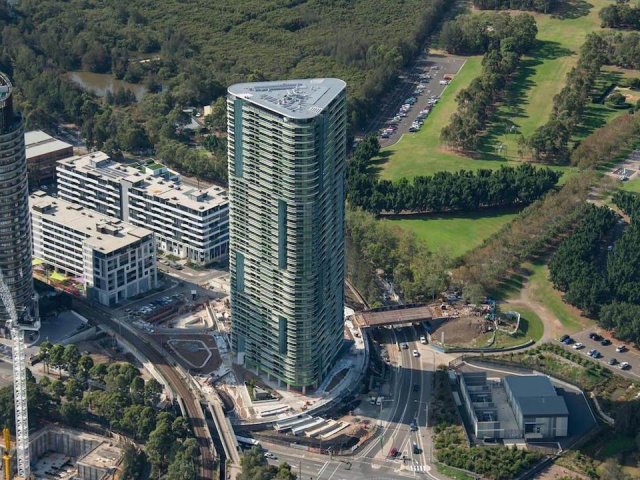
In 2013, then-Prime Minister Tony Abbott launched a “war on red tape and green tape”, which he claimed was “suffocating” Australian businesses. The Coalition government even announced a special cutting of red tape day.
No doubt Abbott was able to point to some idiotic and bureaucratic regulations to win public support for cutting so-called red tape that was actually protecting the public or the environment, to allow the corporate rich to pillage and plunder.
But this drive to cut red tape did not begin with Abbott. It began in the 1980s when the Bob Hawke Labor government, followed by the John Howard Coalition government, followed the lead of Margaret Thatcher’s Tory government in Britain by privatising and deregulating the economy.
One of the areas to be deregulated was the building industry.
People often have a naïve belief that governments are looking after safety standards of roads, bridges, buildings, food and other basic aspects of society. Even many conservative people want governments to ensure the profit-making imperative of big corporations does not jeopardise public safety.
But this is not always the case, especially since deregulation came in.
Who would have thought a prestigious building such as the 36-floor Opal Tower would crack because it had been built using “lower strength concrete” with “under-designed” critical support beams.
Hundreds of residents had to be evacuated on Christmas Eve when the building cracked. More than 200 apartments are still empty, with residents too scared to return and living in temporary accommodation.
Numerous deficiencies were revealed in a NSW government report released on February 22. During the construction of the Opal Tower, worried construction workers raised issues about the construction methods, but were ignored.
Meanwhile, the Victorian government has completed an audit of the huge signs on freeways and tollways after a sign fell on top of a car in January. The audit found three signs, including the one that fell on the car, had been installed without a steel plate.
Once, there was a strict inspection system so a huge freeway sign could not be installed while missing a steel plate.
In another Melbourne case, the Victorian Civil and Administrative Tribunal (VCAT) handed down a decision regarding the Lacrosse building. The Lacrosse building is notorious in Melbourne for a fire that engulfed the building after the flammable cladding on the outside caught fire.
The VCAT judge ordered the owners be paid $5.7 million in damages plus most of the balance of their $12.7 million claim. While this sounds like a lot of money, most of it will be eaten up by the cost of removing the flammable cladding.
The VCAT decision puts most of the responsibility on the fire engineer, the certifier and the architect. But the developer, LU Simon, got away relatively unscathed by only being forced to pay 3% of the damages.
But there is another culprit in these disasters. UNSW Adjunct Lecturer in Architecture Geoff Hanmer wrote in The Conversation:
“Those who eased the regulatory framework in place in Australia since the late 1980s, share culpability with the consultants for the fires at Lacrosse and Neo200. Until the early 1990s, Australian building codes prohibited the use of combustible elements on the facades of tall buildings. Throughout the 1990s, the then Building Code of Australia (now the National Construction Code or NCC) was relaxed to a ‘performance standard’, which allowed builders and consultants to believe aluminium composite panels and timber were permissible.
“By 2000, despite plenty of evidence that these panels were combustible and therefore not suitable as facade material on tall buildings, the market for them continued to grow. The Australian Building Codes Board did nothing about this, encouraging a potentially fatal error.”
Instead of using the National Construction Code to protect people from dodgy developers, the federal government has used it to attack workers and their unions by reducing workers’ rights on the job. This usually means a decline in safety.
If you agree that deregulation is the culprit and want to help Green Left Weekly spread that word far and wide, please take out a supporter subscription or make a donation to our 2019 Fighting Fund.